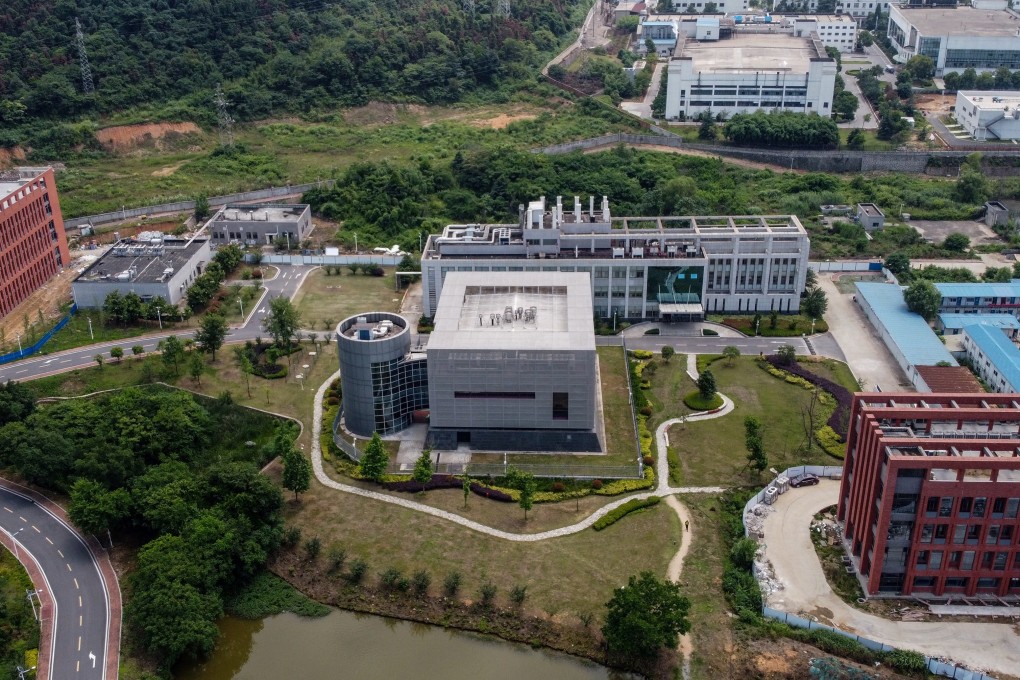My Take | Coronavirus: How news media and politics drive the lab leak theory
- In an ideal world, only qualified scientists would weigh on the relevance of the lab leak scenario. That is, however, not the world we live in

Once dismissed as conspiracy theory, the so-called lab leak theory at the origin of the Covid-19 pandemic has suddenly become a “serious” hypothesis. What has changed?
Well, it’s the politics, not the science. On the latter, not much has changed; and even the scientists – such as the 18 experts who jointly published their May 14 letter in the research journal Science, calling for an open investigation of the lab leak possibility – didn’t claim any new or significant evidence had emerged.
Rather, two news articles helped change the public conversation or perception, since May. One was the May 23 report in The Wall Street Journal titled, “Intelligence on Sick Staff at Wuhan Lab Fuels Debate on Covid-19 Origin: Report says researchers went to hospital in November 2019, shortly before confirmed outbreak; adds to calls for probe of whether virus escaped lab”.
The other article was “The origin of Covid: Did people or nature open Pandora’s box at Wuhan?” which was published on May 5 in the Bulletin of the Atomic Scientists.
Whether fortuitous or unfortunate, depending on your viewpoint, they helped resurrect the lab leak theory in mainstream discourse, without adding new data or evidence.
The lead author of the Journal article was Michael Gordon, most famous, along with his former New York Times colleague Judith Miller, for the September 2002 “exclusive” claiming the regime of Saddam Hussein was developing weapons of mass destruction (WMD), the basis of the American rationale for invading Iraq.

